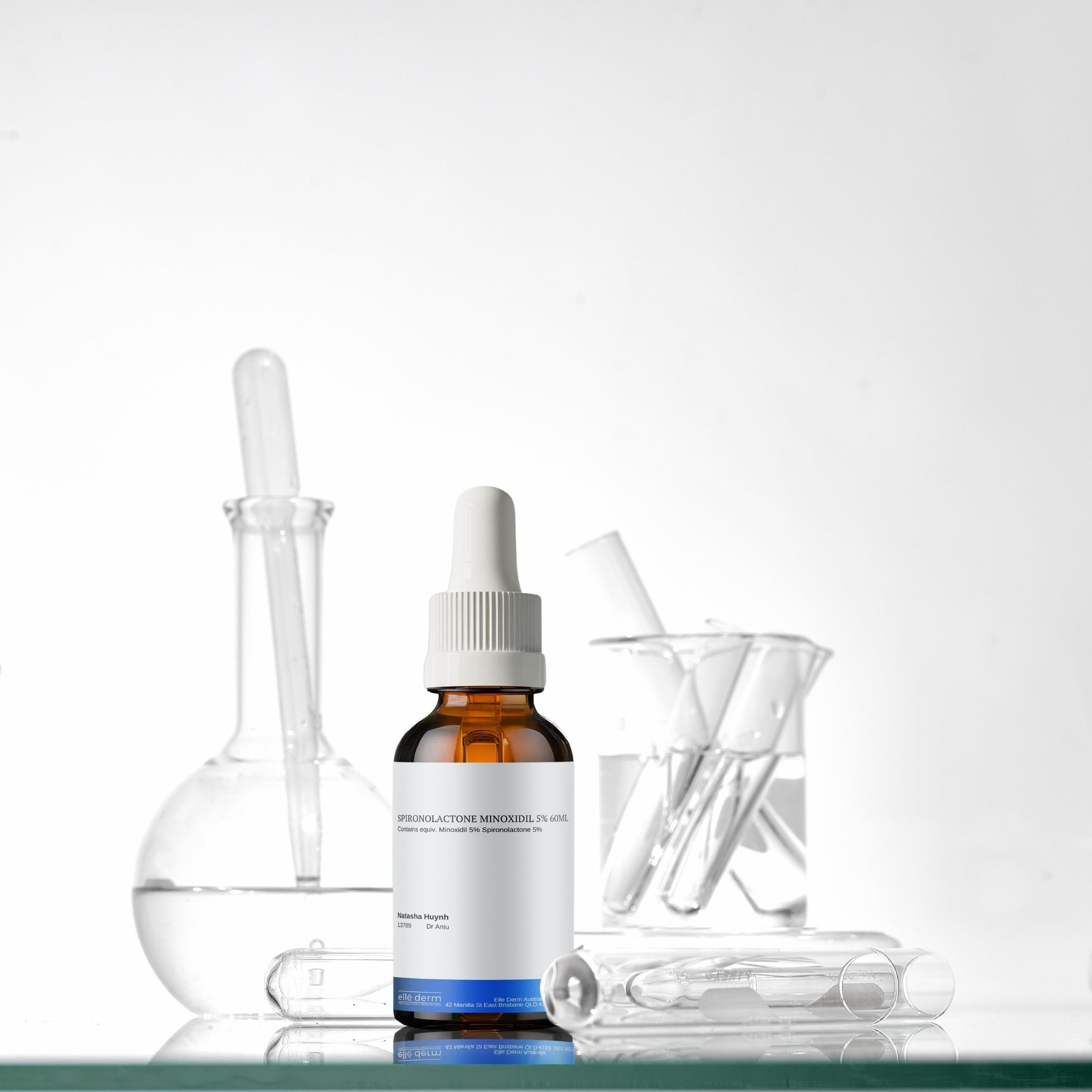3 Hydroquinone side effects and how to overcome them
Melasma are dark patches of skin affecting primarily sun exposed areas. These dark patches are mostly bilateral (affecting both sides of the face) and do not have a definitive border. If you have melasma, you will also know that it is difficult to treat with a single ingredient and once treated, there is a good chance that it can relapse.
Hydroquinone, a tyrosinase inhibitor, have long been documented as one of the most effective agents when it comes to managing melasma. It works by reducing melanin production, the pigment responsible for skin color. There are other tyrosinase inhibitors, but hydroquinone works on another level. Studies across different ethnicities have documented its superior efficacy in moderate to severe melasma and improved quality of life compared to other combination therapies.
Despite its success rate, the focus has shifted to non-hydroquinone-based medical therapies in recent years. We dissect three side effects of Hydroquinone and how to overcome these challenges.
Hydroquinone has a limited treatment duration due to risk of ochronosis (greyish discolouration of the skin)
"Melasma can take 6 months or longer to treat. Should I even start on Hydroquinone long term due to the risk of ochronosis?"
Hydroquinone has shown to be safe and effective when used under medical supervision, even beyond three months. The risk of ochronosis is only seen in very high doses and when it is applied to large areas and for a long period of time. The risk is also higher in people with darker skin tones.
To overcome this challenge, most protocols will have the patient stay on hydroquinone triple therapy for 1-2 months and then a break. During this break, other ingredients are introduced such as Azelaic Acid, Vitamin C and Tranexanmic Acid.
Stopping hydroquinone can cause rebound Hyperpigmentation.
Melasma is a chronic condition and is likely to relapse once treatment is ceased. Hence, it is important to have the right maintenance therapy or treatment protocol in place to prevent melasma from recurring when you stop using Hydroquinone.
The need to taper off Hydroquinone (to avoid rebound hyperpigmentation) is only necessary if therapy has been established for a very long period of time. Extreme long term therapy is more common when it is purchased and used freely without medical supervision.
Hydroquinone can cause irritation
Hydroquinone has been shown to be well tolerated between concentrations of 2-4%. Stinging and irritation is common when Hydroquinone concentration exceeds 10% or more. When low dose Hydroquinone is combined with Tretinoin, the irritation from Tretinoin is often misconceived for Hydroquinone.
What are the treatment options for melasma once I stop Hydroquinone?
Other non-hydroquinone based therapies include:
- Alpha arbutin
- Niacinamide
- Liquorice Root
- Soy Bean
- Vitamin C
- Tretinoin
- Kojic Acid
- Glycolic Acid
Author: Helen Huynh B. Pharm MPS
References
1. Doolan, B et al (2021) "Melasma". Australian Journal of General Practice. vol50, issue 12.
2. Chan R, Park KC, Lee MH, et al. "A randomized controlled trial of the efficacy and safety of a fixed combination (fluocinolone acetonide 0.01%, hydroquinone 4%, tretinoin 0.05%) compared with hydroquinne 4% cream in Asian patients with moderate to severe melasma." Br J Dermatol. 2008; 159: 697-703.
3. Sarka, R et al (2013) "Cosmeceuticals for Hyperpigmentation: What is available?." Journal of Cutaneous and Aesthetic Surgery. Jan-Mar; 6(1): 4–11. doi: 10.4103/0974-2077.110089
4. Navarette-Solis, J (2011) "A Double Blind, Randomised Clinical Trial of Niacinamide 4% vs Hydroquinone 4% in the Treatment of Melasma." Journal of Dermatology Research and Practice. doi: 10.1155/2011/379173
5. Banyopadhayay, D (2009). "Topical Treatment of Melasma." Indian Journal of Dermatology. 2009 Oct-Dec; 54(4): 303–309.



